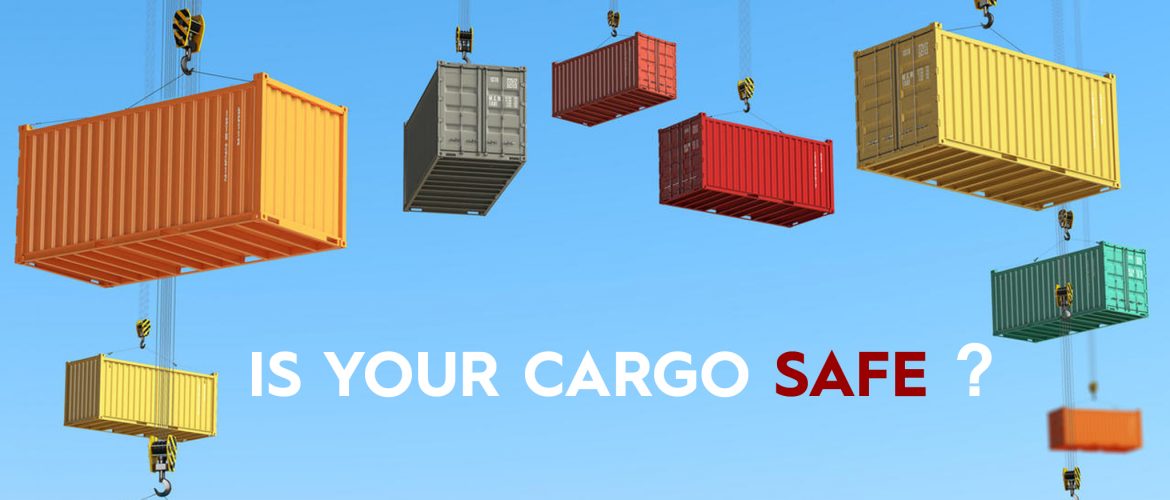There are various challenges that come with the process of containers safely.In order to avoid these, companies can follow some best-practices. These will not only minimize the difficulties and dangers but also make sure that the shipment reaches the destination in unharmed.
Stuffing and unstuffing
This is the process of loading cargo into containers. The most important criterion to be checked is the weight of the material and that of the container. It is imperative that you use only reliable and calibrated industrial weighing scales.Some examples Some scales you can employ for this purpose include conveyor scales, counting scales, shipping scales, floor scales, forklift scales, and post scales.
Inspecting the container
It is critical to check the container as soon as it arrives. Some factors to be checked include checking the container for cleanliness, whether it is fitted with cargo restraint devices in good condition, its quality, and weight of the container upon arrival.
Stowage
Stowing is the process of arranging containers compactly and safely.It is imperative to consider the properties of the containers, compatibility of the commodity with other cargo, and whether hazardous materials are segregated or not. Remember to stow dry and wet cargo separately. Heavy cargo should be stowed at the bottom and lighter goods on the top.
Lashing
Container lashing can help in preventing movement when the ship moves. Independent lashings should be secured properly to the strong points of the ship structure and fittings. All lashings should be short and taut for better hold.
Securing the containers
All containers should be secured properly. Make sure there are no voidsor lose packages on the top. Do not put direct pressure on doors and metal-to-metal contact.Make sure you are aware of all the safety precautions. All the doors should be locked and sealed, with the numbers mentioned on the bill of lading. Check the final weight of the containers using calibrated and certified scales.
In conclusion
One should never underestimate the importance of weighing in the entire process of cargo loading. At the same time, keep the documentation about the goods accurate and detailed. All of this will help ensure that there are no discrepancies in the entire process.

